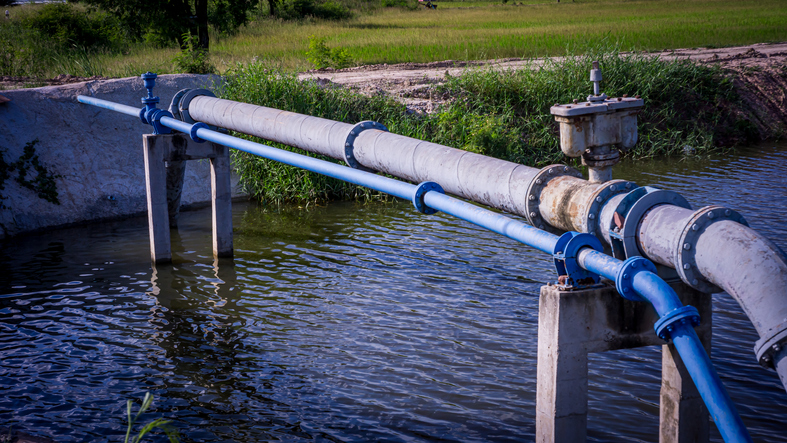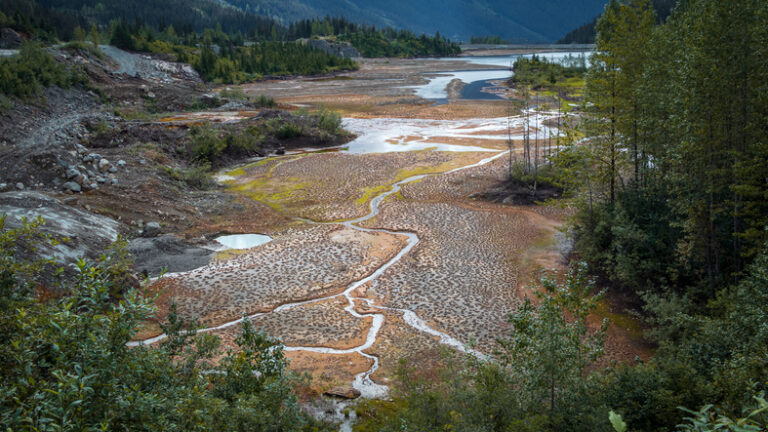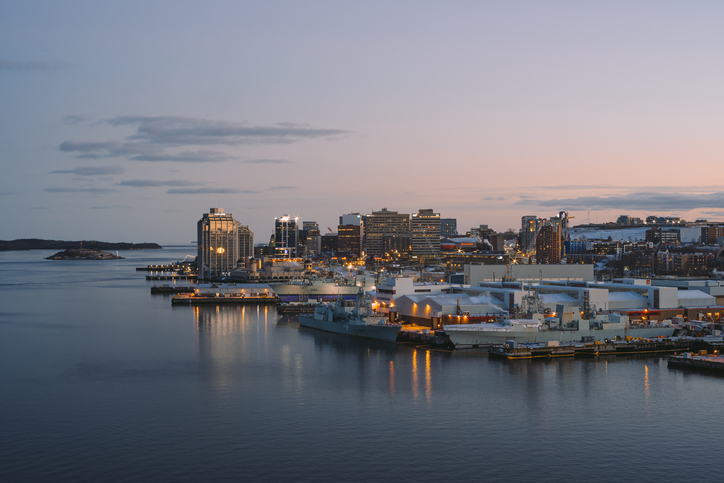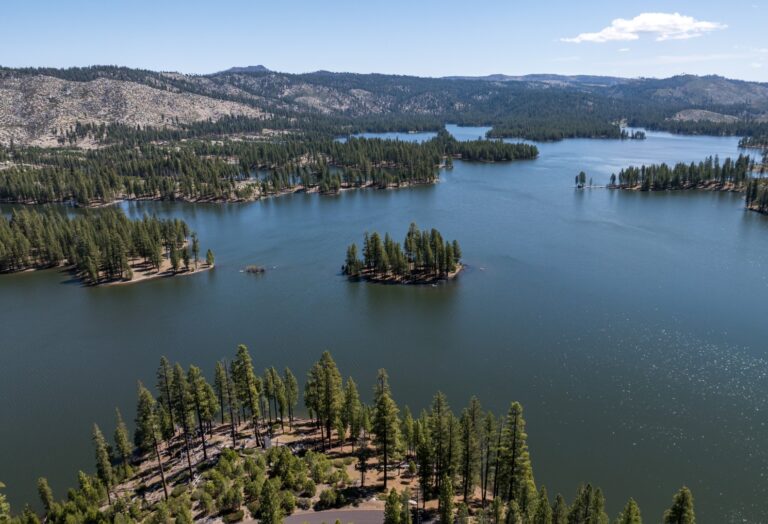City Administration shared the findings of the investigation into what caused the catastrophic break of the Bearspaw South Feeder Main in June.
The pipe investigation, overseen by Associated Engineering, has determined that there are multiple contributing factors of the June 5 water pipe failure. This includes the breakage of a significant number of wires (known as prestress wires which are wrapped under significant tension around the pipe’s outer concrete core and are protected with cement mortar), resulting in a loss of the pipe’s ability to withstand pressure. Based on the investigation, it appears that the ruptured pipe experienced microcracking, or previous damage to the outer layer of the pipe, allowing soil contact with the prestress wires.
Overall findings at the site of the original break and the five “hot spots” include:
- Microcracking: Some of the pipes had visible cracks and peeling in their mortar (outer layer of the pipe) when they were dug up, while others had mortar that was still in good condition.
- Chloride levels in the mortar: Lab tests revealed that some damaged pipe sections had chlorides penetrate their mortar, but other pipes did not show any signs of this.
- Pitting and corrosion: The wires that help keep the pipes strong showed severe damage, including deep pits, corrosion, and many brittle wire breaks.
- Wire damage: There was evidence of two types of wire damage: hydrogen embrittlement and stress corrosion cracking. Both types of damage appear to be caused by chloride penetrating the mortar or small cracks in it.
- Soil conditions: Soil testing around the feeder main showed some areas with high levels of chlorides. The cause of increased chloride levels requires further study.
The report further confirms factors that are not considered to have contributed:
- There is no information indicating that the manufacturing standards applicable in 1975 were not followed. We note that these standards have evolved since this time, and that some of these changes may have extended the life of the pipe if they were in place in 1975.
- There is no sign of corrosion caused by stray electrical currents.
- The pump operations at the Bearspaw Water Treatment Plant and the connected secondary pump stations before the incident did not cause pressure issues that led to the failure.
- A transient pressure event did not occur immediately before the rupture.
- Live loading subsequent to the construction in 1975 is not believed to be a contributing factor.
“The findings from this investigation have provided valuable insights into the causes of the failure and the steps needed to prevent similar events in the future,” says Steve Wyton, Manager, Asset Management Planning. “Our priority now is planning for the long-term rehabilitation of the feeder main and implementing proactive measures to ensure a reliable and resilient water distribution system for Calgarians. By combining advanced monitoring technologies, contingency planning, and strategic investments, we’re taking meaningful steps to safeguard this critical infrastructure and support our city’s growing water needs.”
In early 2025, they will provide interim updates on the progress of the feeder main’s redundancy and advancements in north and south water servicing options. Additionally, they expect to deliver an implementation plan for the feeder main by mid-2025 to strengthen system redundancy. The City remains dedicated to adopting sustainable rehabilitation solutions and proactive measures to ensure a reliable and resilient water distribution system for all Calgarians.
The report can be found here.









